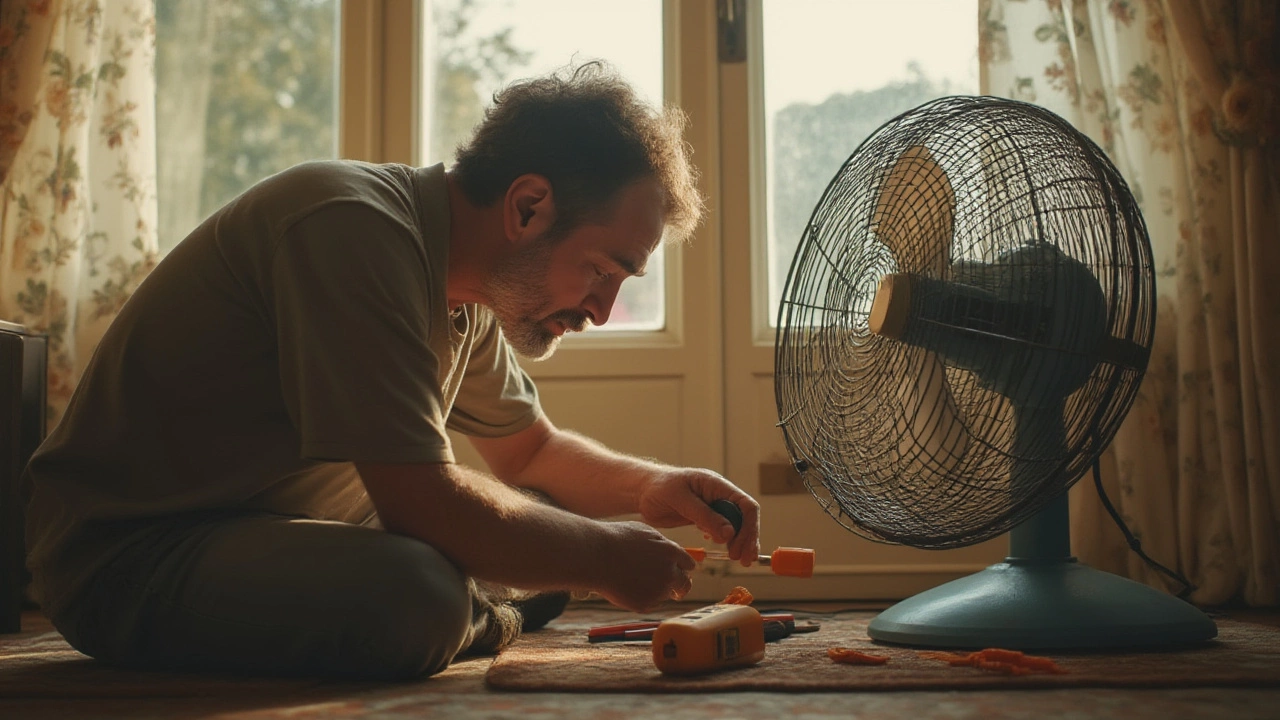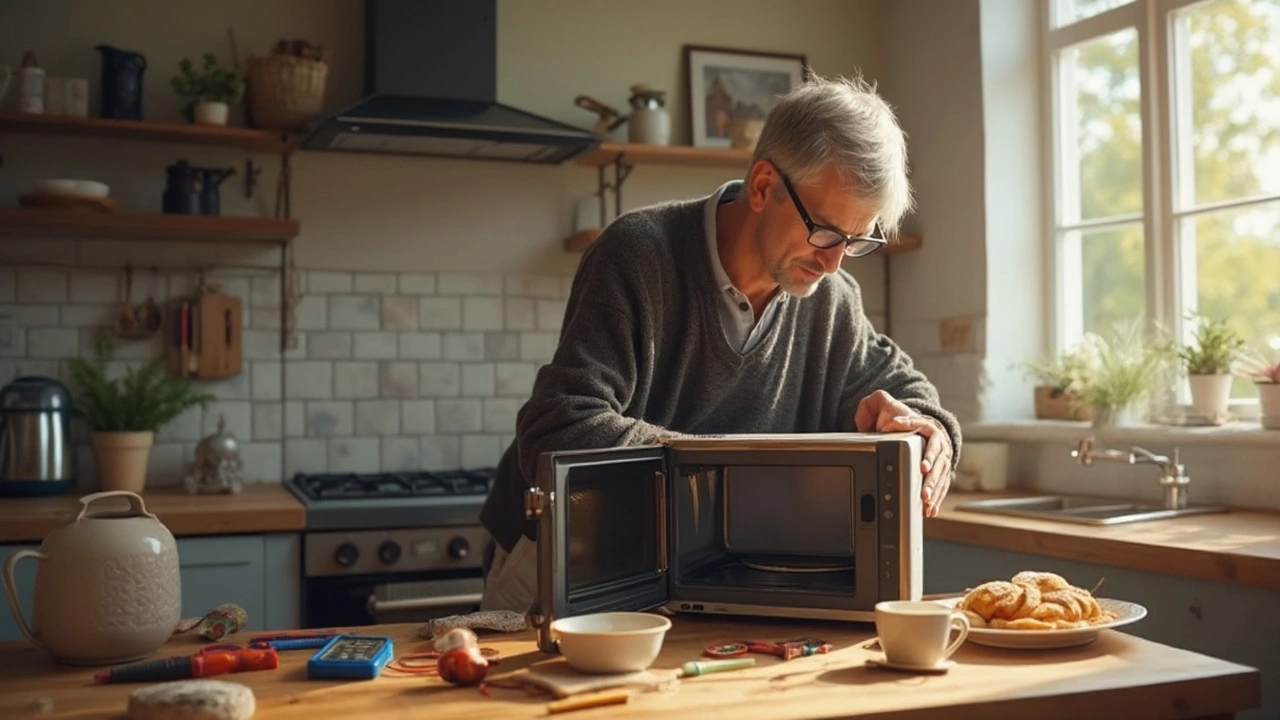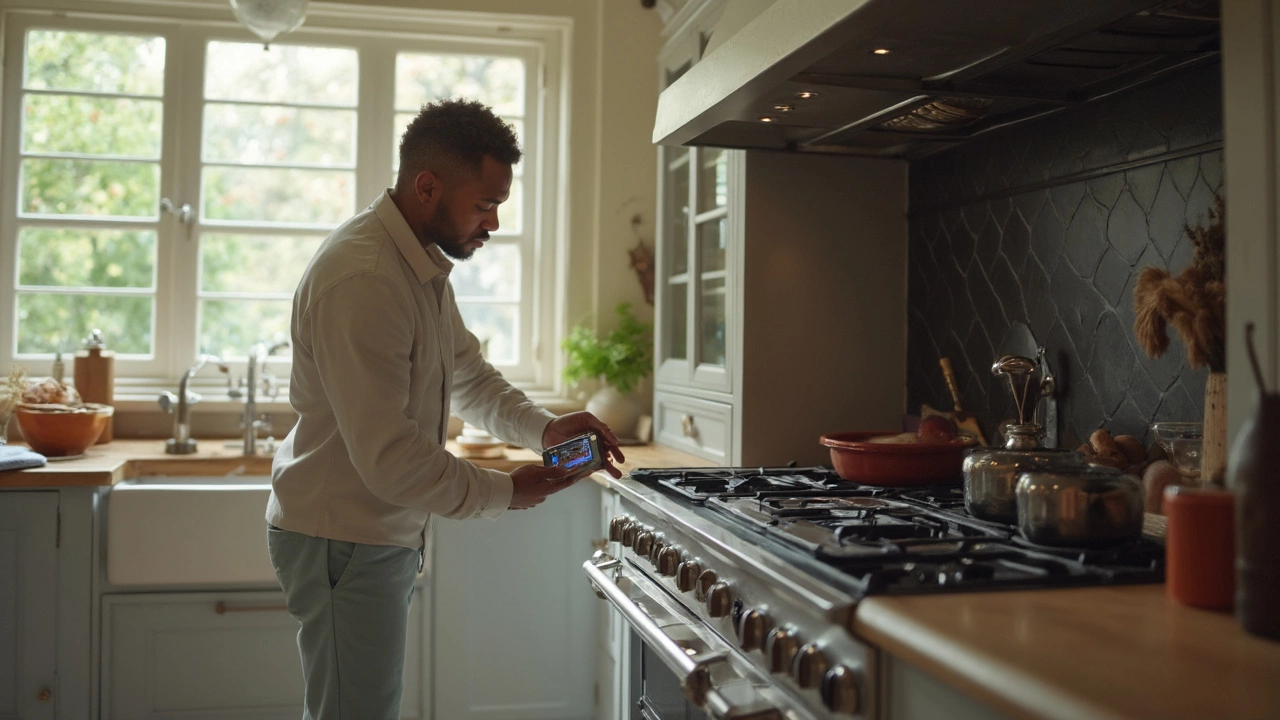
Fan not spinning? Learn step-by-step how to fix a fan that suddenly stopped, what to check, safety tips, and when to call in the pros. Fast, clear advice you can trust.
Got a fridge that won’t cool or a dishwasher that’s leaking? Before you call a technician, try a few simple checks. Most appliances fail because something small is out of place, and a quick test can save you time and money.
First, unplug the unit or turn off the circuit breaker. This protects you and often resets the electronics. Next, look for error codes on the display – they’re built‑in clues. A quick glance at the user manual (or a fast web search) usually tells you what the code means and whether it’s a fix‑you‑can‑do problem.
Check power and water supplies. A tripped GFCI outlet, a loose plug, or a closed valve can cause a whole range of issues. Make sure the appliance is level; an uneven washing machine can vibrate, leak, or stop spinning.
Oven not heating: Verify the oven is set to “Bake” or “Convection” and not a low‑heat warm setting. Clean any debris from the heating element – a bit of foil or a soft brush does the trick. If the element looks blackened, it may need replacing.
Washing machine won’t spin: Look for a blockage in the pump filter. Most models have a small access panel at the front bottom. Clear out lint, coins, or hair, then run a short cycle. If the problem persists, the lid switch or drive belt could be the culprit.
Dishwasher leaves spots: Check the spray arms for clogs. Remove them and rinse under running water. Also, make sure you’re using the right type of detergent for a hard‑water area – sometimes a simple switch to a rinse‑aid solves the problem.
Fridge not cooling: Dust the condenser coils at the back or underneath the unit. A coil brush or vacuum can clear the build‑up that forces the compressor to work harder. Also, ensure the door seal is tight – a torn gasket lets cold air escape.
Boiler makes strange noises: Bleed the radiators to remove trapped air. If the boiler still hums or clicks, the pressure gauge may be off. Top up the system to the recommended pressure (usually 1–1.5 bar) and watch for improvement.
Whenever you open a panel, keep a photo or a quick sketch of how wires and hoses connect. That way you can put everything back correctly the first time.
If a DIY step doesn’t work, don’t force parts together. Instead, note what you tried and call a professional, mentioning the error code and the steps you’ve already taken. Technicians appreciate the detail and can often diagnose the issue faster.
Regular maintenance keeps most appliances running smoothly. Clean filters quarterly, wipe down seals, and run a hot water cycle on the dishwasher once a month. A little preventive care cuts down on surprise breakdowns.
Remember, most appliance problems start simple. A quick power reset, a clean filter, or a check of the water supply can be all that’s needed. With these troubleshooting habits, you’ll feel more confident fixing everyday glitches and save a few pounds along the way.

Fan not spinning? Learn step-by-step how to fix a fan that suddenly stopped, what to check, safety tips, and when to call in the pros. Fast, clear advice you can trust.

Wondering if microwave ovens are simple to repair? This article explains what often goes wrong, which fixes you can handle yourself, and when it’s better to call in a pro. Get straight facts, practical advice, and clever tips about opening up that humming box. Make smart repair decisions and avoid getting zapped in the process. Save time, money, and maybe even your favorite leftovers.

Electric ovens are essential kitchen companions, but diagnosing problems when they act up can be tricky. This guide helps you pinpoint the root causes of common oven issues. Learn how to identify whether it's a heating element failure or a calibration error. Discover simple troubleshooting tips you can try before calling a professional. Master the art of diagnosing oven problems efficiently and safely.